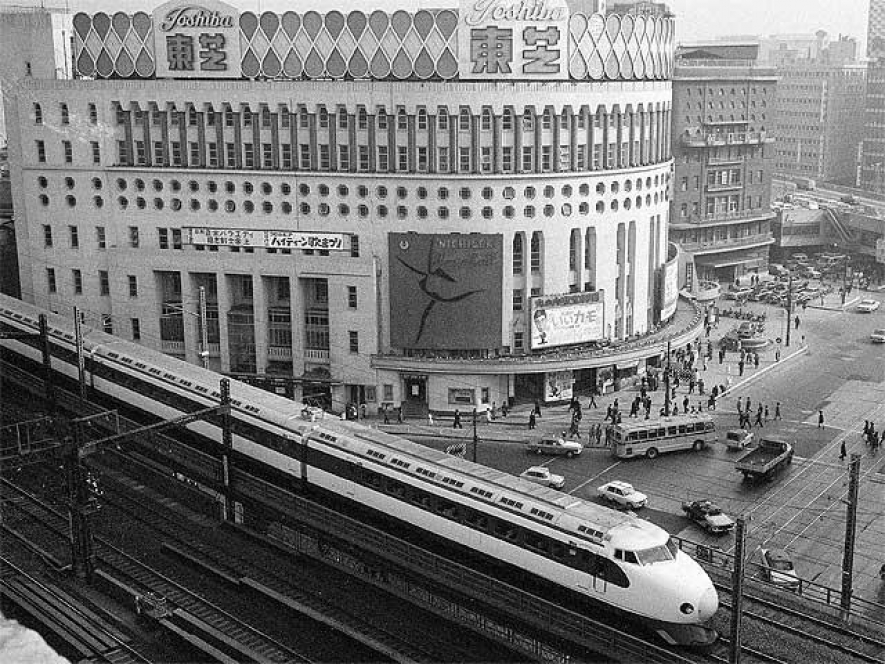The Shinkansen, as it’s called in Japan, gave a boost to train travel in Europe and Asia at a time when the rise of the automobile and the airplane threatened to eclipse it. It also was a symbol of pride for Japan, less than two decades after the end of World War II, and a precursor of the economic “miracle” reported The Hindu.
The Oct. 1, 1964, inauguration ceremony was re-enacted at Tokyo Station on Wednesday at 6 a.m., complete with ribbon cutting. The first bullet train, with its almost cute bulbous round nose, travelled from Tokyo to Osaka in four hours, shaving two and a half hours off the 513-kilometre journey. The latest model, with a space-age-like elongated nose, takes just two hours and 25 minutes.
Araki, now 73, drove the Shinkansen briefly in the summer of 1967 as part of his training as a railway operations engineer. Last week, he slipped back in time as he sat in the driver’s seat of one of the early model bullet trains at a railway museum outside of Tokyo. He pulled a lever on the control panel, looking straight ahead as he was trained, though all he could see were other museum exhibits.
“It was like flying in the sky, it was that kind of feeling,” said Araki, the acting director of the museum. “On a clear day, you could see Mount Fuji, and riding atop the railway bridge at Hamanako lake was very pleasant. It felt like you were sailing above the sea.”
Magnetic levitation. Shanghai launched a German-built maglev train in 2004 on a 30-kilometre route between the city and the airport. It can hit 430 kph. A Japanese maglev train in development has topped 500 kph in tests. If built, it could reduce the travel time between Tokyo and Osaka to just over one hour. With speed, though, some of the romance is lost. A faster Shinkansen has eliminated its dining car. “The problem is that Japan is such a small country,” said Araki, the retired engineer. “If you go too fast, you’ll get there in no time. No time to enjoy an onboard meal.”




















